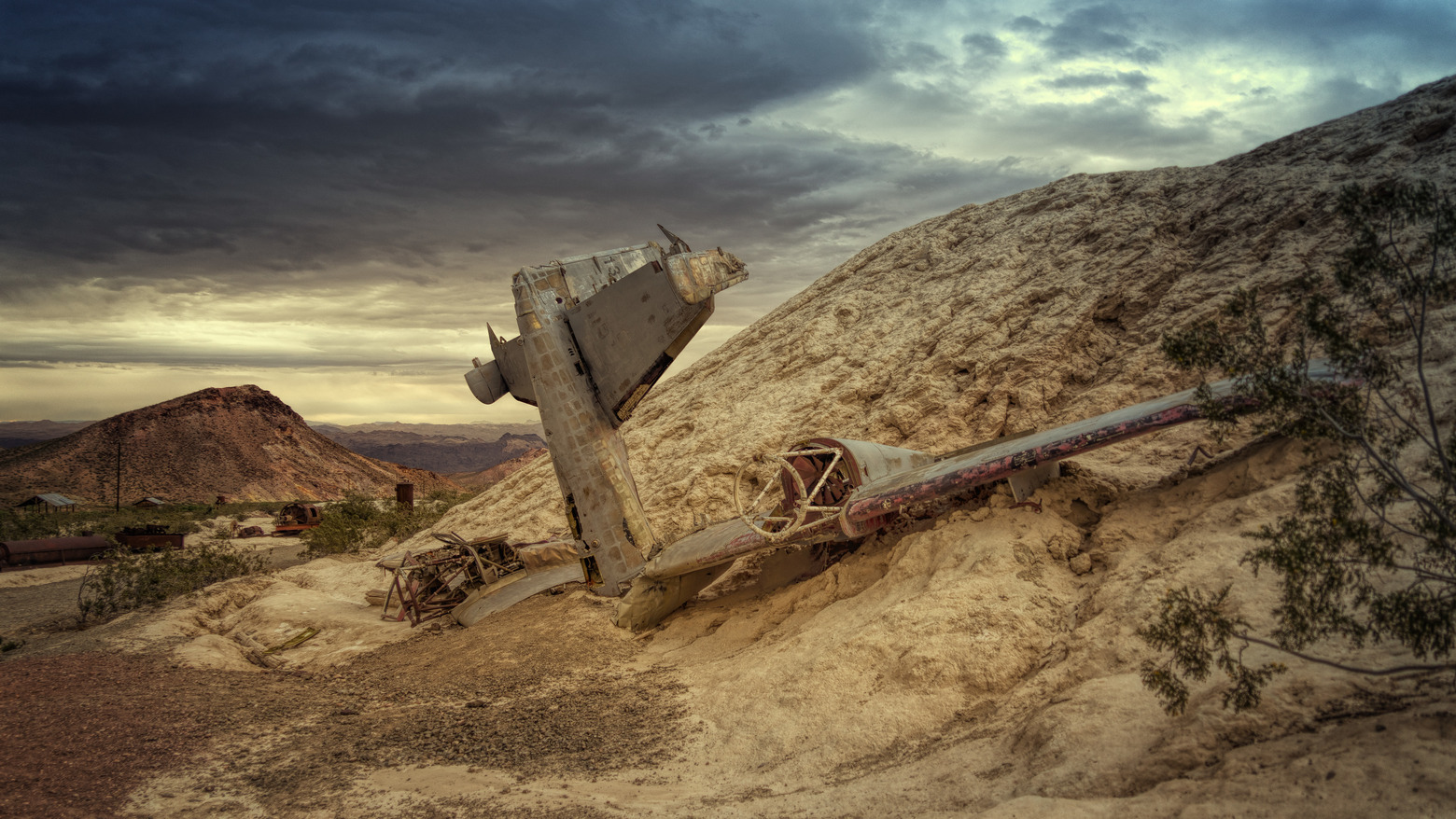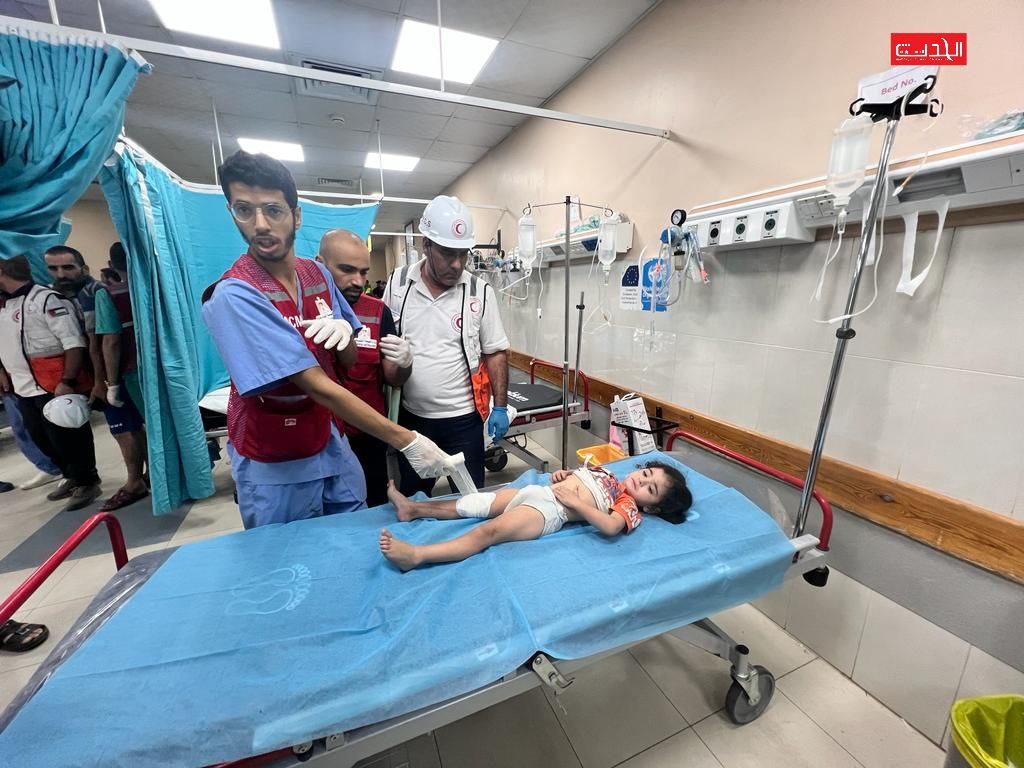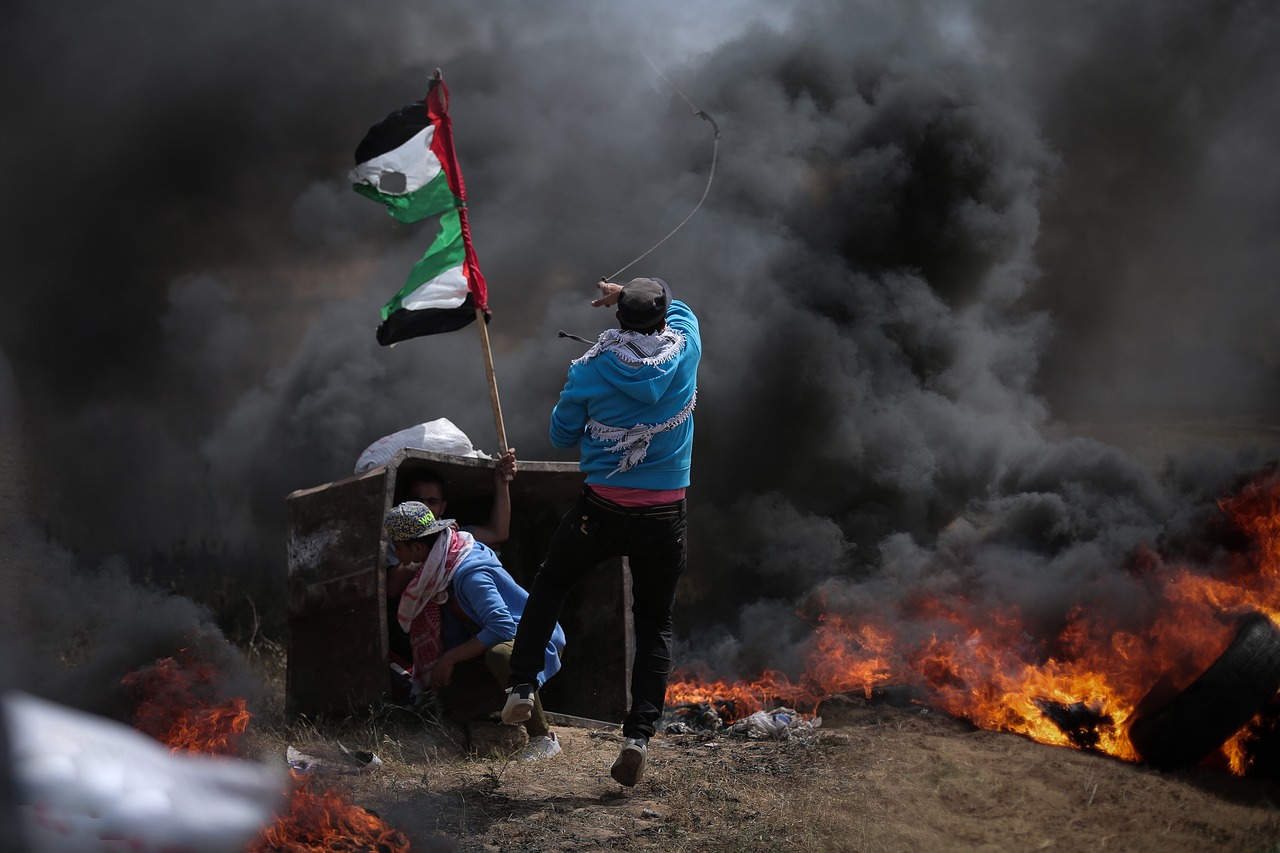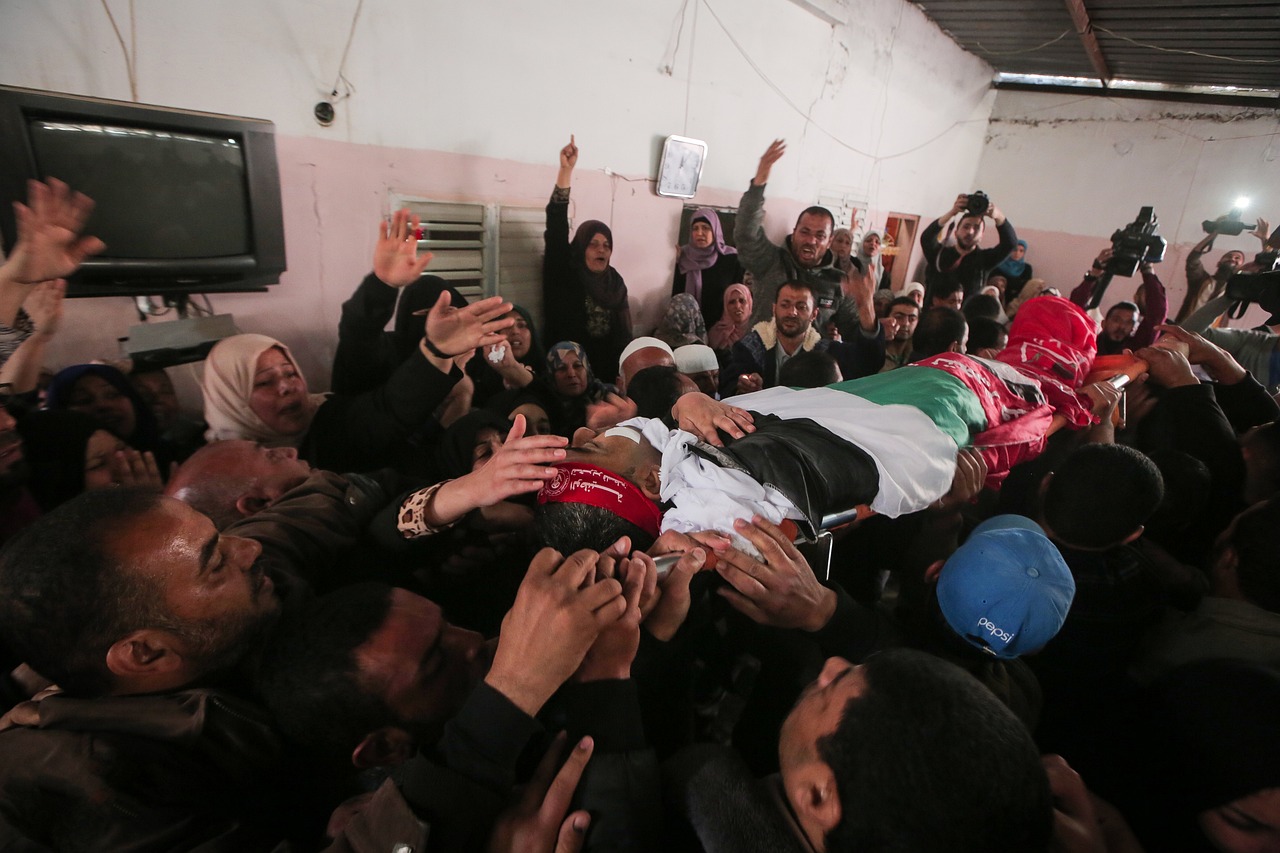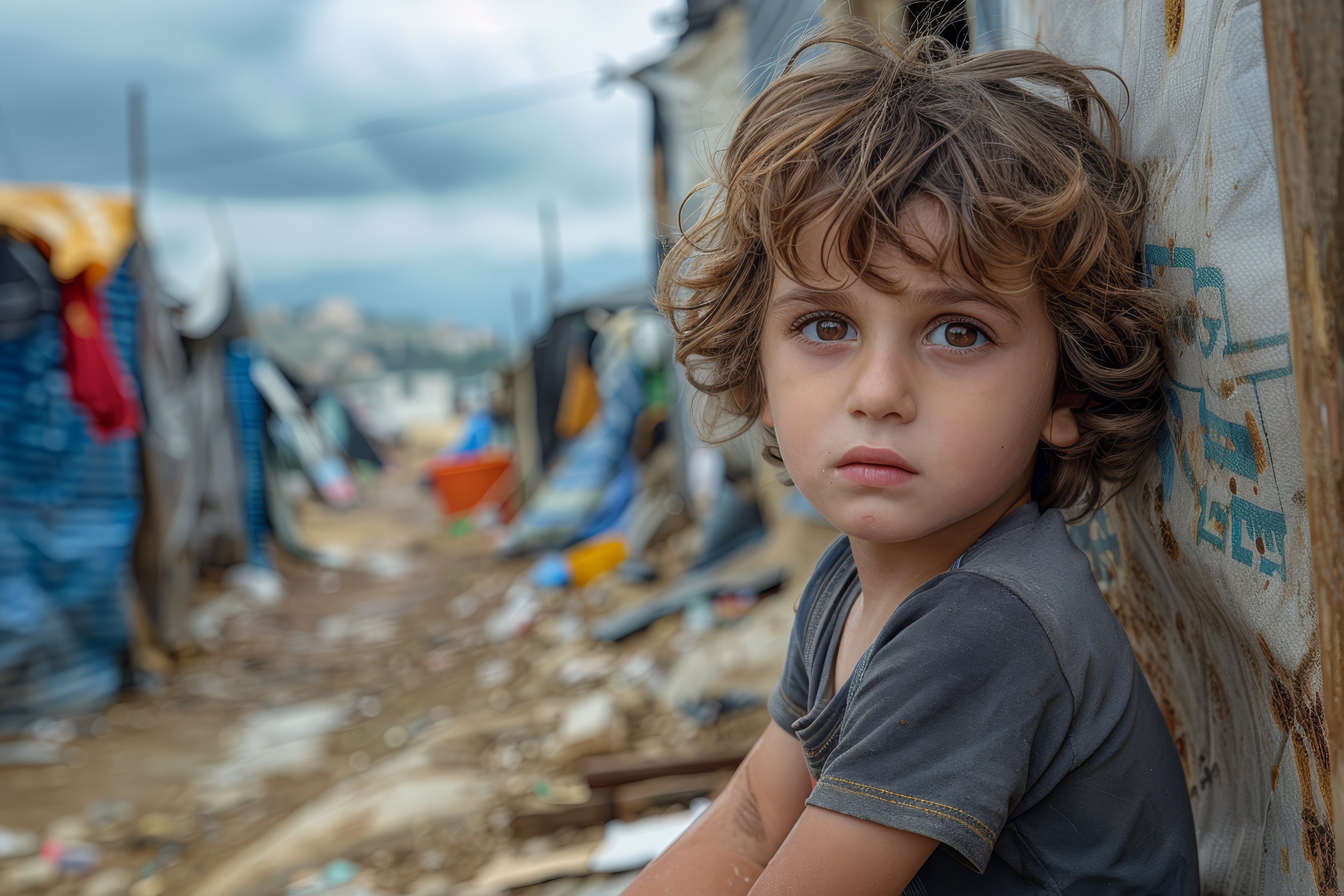There is a complete consensus among political pundits in Palestine and abroad that the phenomenal ascendency of quasi-Judeo-Nazi groups, known as “Religious Zionism,” constitutes the main outcome of the latest Israeli elections, held on 1 November.
According to semi-final results, Likud leader and former Prime Minister Benyamin Netanyahu, along with religious and openly-fascist allies have won as many as 65 seats of the 120-seat Knesset or parliament. The new electoral bloc, which will form the upcoming Israeli government, comprises the right-wing Likud party, which won 31 seats, the two Haredi ultra-Orthodox parties of Shas and Torah Judaism, which both won 20 seats, and the religious-Zionist bloc, with 14 seats. This bloc is considered the real winner of the elections.
Read also: Best Prescription for Wooing Voters in Israel: Spill More Palestinian Blood
Most fascist government ever
Even before its actual formation, the next Israeli government is widely expected to be the most extremist, most racist and most fascist ever since the creation of the Jewish state in Palestine in 1948.
And while the non-Zionist Haredi parties pay little attention to the Arab-Israeli conflict and the Palestinian cause in general , the Likud and Religious Zionism consider expediting their extremist designs and racist ideologies against the Palestinians as their ultimate raison d’etre.
These designs include, inter alia, expanding the settlement enterprise in the West Bank, consolidating the apartheid regime and forcing as many as 7.5 million Palestinians living under Israeli rule to surrender to the Israeli fait accompli by giving up their aspirations for freedom from decades of harsh military occupation.
Read also: Best Prescription for Wooing Voters in Israel: Spill More Palestinian Blood
At the moment, the Religious Zionist parties don’t openly and publically advocate the physical extermination of all Palestinians under Israeli occupation. Privately, however, the leaders and especially the ideological mentors of the Nazi-like movement say things that would vindicate comparisons with the German-Nazi movement..
Rabbi Abraham Kook
Rabbi Abraham Isaac Kook (1865-1935) was the first Askenazi rabbi of Palestine. He is widely considered the father and founder of religious Zionism. According to Israeli writer Yair Sheleg Rabbi Kook wrote that “the difference between the Jewish soul and the souls of all non-Jews, no matter what their rank and level of understanding , is bigger and deeper than the difference between the human soul and the animal soul.”
The openly racist rabbi is very popular among religious Zionists in Israel. The most famous Yeshiva, or Talmudic college in Israel, Merkaz Harav in West Jerusalem., was named after him. This is where extremely racist Talmudic curricula, like Chesronot Shas, are taught.
Evil rabbis
Ben Gvir, Who is now aspiring to become a leading minister in the next Israeli government, is by no means an undesired weed growing in a rose garden. He is only a late comer that was preceded by hundreds of vehemently racist rabbis who may well look outwardly dovish to gullible westerners but are inwardly absolutely Satanic and evil.
Such rabbis would seem aggressively defending human rights, civil rights and the First Amendment in New York and Los Angeles. However, once they set foot in Palestine-Israel, they suddenly morph into the most racist, most fascist and most intolerant creatures under the sun.
Ben Gvir’s mentor was Meir Kahana who wrote a book in 1980, titled ” they must go” in which he called for the genocidal expulsion of all Palestinians from mandatory Palestine (Israel and the occupied territories). Then, the racist beast became a source of shame and embarrassment for the ruling Zionist clique who distanced themselves from him, mainly in order not to embarrass their American allies and to save themselves the public relations disaster of defending the indefensible.
Today, most Israeli politicians vie among themselves to embrace Kahana’s disciples like Ben Gvir and like-minded ally, Bezalel Smotrich. Suddenly, Kahana has become the ultimate agenda-setter of Israeli politics, even from his grave in New York.
Death Camps for Palestinians!
Some people might be prompted to think that the Kahana brand of racism represented an era long bygone. Nay! Kahana’s disciples today more or less control the collective Jewish mind both in Israel and the US.
Around 11 years ago, the Rabbi of Safad, Shmuel Elyahu, proposed the establishment of death camps for Palestinians. His statements were reported widely by the Hebrew press, including Ha’aretz and Yedeot Ahronot. (see my article: The Rabbi of the Devil)
In 1994, Barouch Goldstein, another Kahana disciple, murdered 29 Muslim worshipers at the Ibrahimi Mosque in downtown Hebron. A few months earlier, Rabbi Moshe Levinger,yet another Kahana disciple, shot and killed Palestinian shopkeeper Kayed Salah as the victim was standing at the entrance of his shop in downtown Hebron.
Levinger spent only ten days in custody for the murder on petty charges of “negligence in using a firearm. Another example showing that non-Jews can not find justice under Jewish rule.
He openly praised the perpetrator of the Hebron massacre of 1994, Baruch Goldstein, calling him a great saint.
When reminded that 29 innocent human beings were murdered by Goldstein, Levinger said “I am sorry for the death of 29 flies as well.” Interestingly, Ben Gvir, now the rising political star in Israel, is keeping a portrait of the mass murderer Goldstein hanging in his office. In a newspaper interview, he said he considered the murderer of 29 innocent Palestinian worshipers his “ultimate hero.”
The Nazi Choice
Shortly before Israeli occupation soldiers murdered in cold blood two Gaza children, who apparently were searching for scrap metal to sell for a few cents in order to help feed their impoverished families, the former Chief Rabbi of Israel, Mordechai Elyahu, urged the Israeli army and government to use the “Nazi choice” against Palestinians.
Elyahu reportedly petitioned the Israeli government to carry out a series of carpet bombing of Palestinian population centers in Gaza, arguing that a ground invasion of the world’s most crowded spot would endanger Israeli soldiers.
“If they don’t stop after we kill 100, then we must kill a thousand,” said Shmuel Elyahu, the son of Mordechai Elyahu, quoting his father. “And if they
do not stop after 1,000, then we must kill 10,000. If they still don’t stop we must kill 100,000, even a million. Whatever it takes to make them stop.”
Mordechai Elyahu , then considered one of the most knowledgeable Talmudic sages in Israel, said it was forbidden to risk the lives of Jews for fear of injuring and killing Palestinian civilians.
This was not the first time Elyahu issued such an outrageous Talmudic edict. A few years earlier, he called on the Israeli occupation army not to refrain from killing Palestinian children if that meant “saving Jewish lives.”
Conclusion: I decided to provide this elaborate background on Religious Zionism to make the reader realize that we don’t go too far when we speak of Jewish fascism and Jewish Nazism. The writing is on the wall, and we would be willfully blind and dishonest if we pretended that everything is fine. Hence, Muslims and the world at large are called upon to wake up before it is too late. Jewish Nazism is a clarion reality in Israel today, period. Don’t say we didn’t know.!


 Featured2 years ago
Featured2 years ago
 Featured3 years ago
Featured3 years ago
 Featured2 years ago
Featured2 years ago
 Featured4 years ago
Featured4 years ago
 Featured3 years ago
Featured3 years ago
 Featured5 years ago
Featured5 years ago
 Featured2 years ago
Featured2 years ago
 Featured3 years ago
Featured3 years ago
